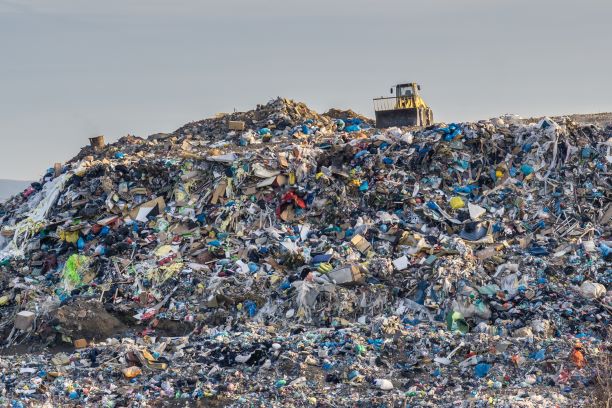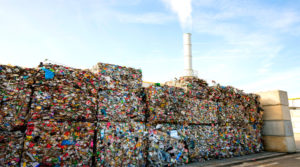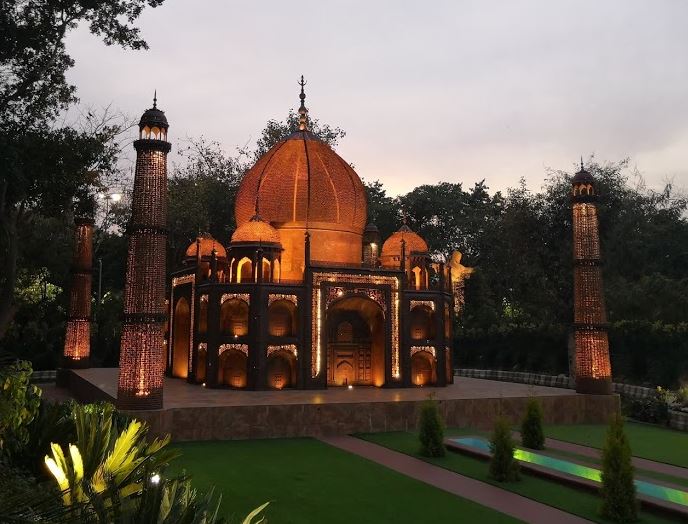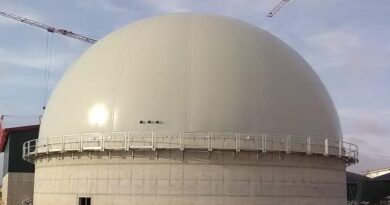Delhi School Students Take to Roads Against Okhla Waste-to-Energy plant
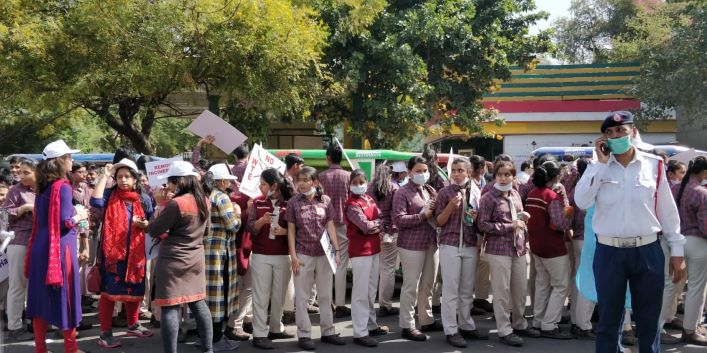
In an reminder of the increasing effort to harness student power, and of course, heightened awareness among the younger generation, students of some Delhi schools came forward to protest against the Okhla WtE plant. The plant has faced flak from locals who claim it has become health liability for the young and old, living in the adjoining areas. A charge never conclusively denied by the municipal authorities responsible for it.
The New Delhi Nature Society or NDNS, an NGO wants the plant to shut as soon as possible for endangering about 10 lakh residents in the area. According to estimates, the plant burns 2,000 tonnes of unsegregated waste daily, using “cheap Chinese equipment” and makes profits at the cost of public health, according to NDNS. The NGO enumerates that the plant violates various laws too. Like:
- Environmental clearance given for converting waste into refuse-derived fuel (RDF) was switched to allow the factory to directly burn waste, endangering the lives 10 lakh people.
- The plant is located on a green area in Zone F7 of the Delhi Master Plan, meant for a community park. The Master Plan does not provide for WtE incinerators, anyway.
- The plant occupies some 20 acres of prime land in South Delhi, the bulk of which is not covered by change-in-land-use notification as required under the DDA Act.
- WtE plants must be located in industrial zones and maintained a 500-meter distance from residences, according to the rules. But the Okhla WtE is just 45 meters away.
- World Health Organisation guidelines say that waste incinerators should be located at least one kilometer away from human habitation. This is consistent with Indian’s industrial siting norms.
- WtE plants are to be located close to existing landfills, but the Okhla plant is eight kilometers away from the Tughlaqabad dump, necessitating transport of toxic ash along the Mathura Road.
- Apart form having to put up with toxic emissions, ash, noise and odor, residents live in constant fear of the plant’s pressure boilers exploding.
- During periodic inspections the operator was found to have dispensed with the use of activated charcoal, necessary to filter out highly toxic dioxins and furans– and mercury.
- The plant burns from the NDMC area which has land and resources but does not want to deal with its own waste in NIMBY policy. Instead, South Delhi residents suffer.
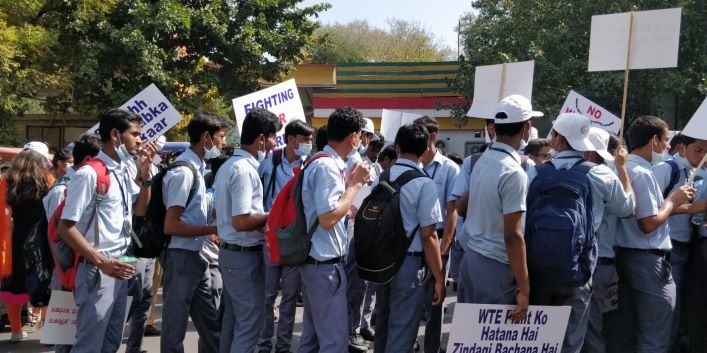
The locals are worried as doctors are reporting an unusually high incidence of cancer among people living in the area, apart from asthma and breathing difficulties. Children are likely to have lower lung function and lowered IQs from breathing toxic particles. Pregnant women are advised not to live in the area as it can affect the growing fetus.
“Whenever I used to meet with school going children and see[their] condition[I] find it to be not okay. Most of the children are feeling uneasy, irritation, burning sensation in eyes, breathing problems etc. Our children always complaint about WtE and request to me for the closure of the WtE plant which is just like a gas chamber in our premises. I met with DPCC chairman to help us but in vain with zero results. SC is our hope only.” Says S Khan, President RWA Pocket A, Sukhdev Vihar, DDA flats.
The NGO has so gone so far as calling the WTE plant as “another Bhopal disaster in the making” and locals have decided to not vote in the coming elections as a sign of protest. The area has 14 residential complexes, 4 hospitals, 3 schools, 1 university and 5 other institutes in the vicinity which are directly affected by the WTE plant. The protest got renewed energy after Delhi Chief Minister Arvind Kejriwal on Mar 6 assured a delegation of Sukhdev Vihar residents from Okhla area in south Delhi that the polluting incinerator-based waste-to-energy plant being operated close to their homes would be shut down.
Picture Courtesy Sneha Verma

